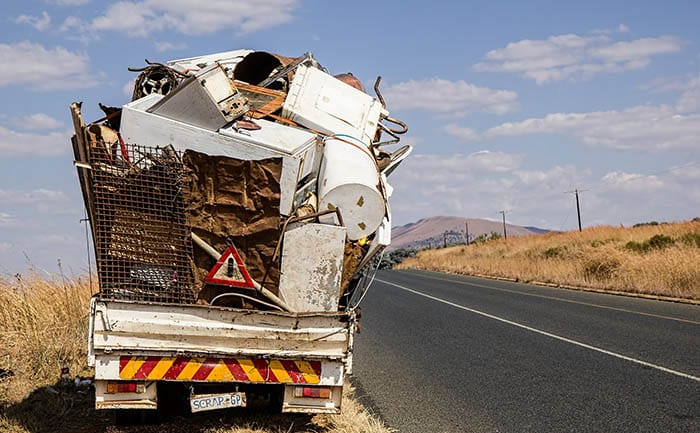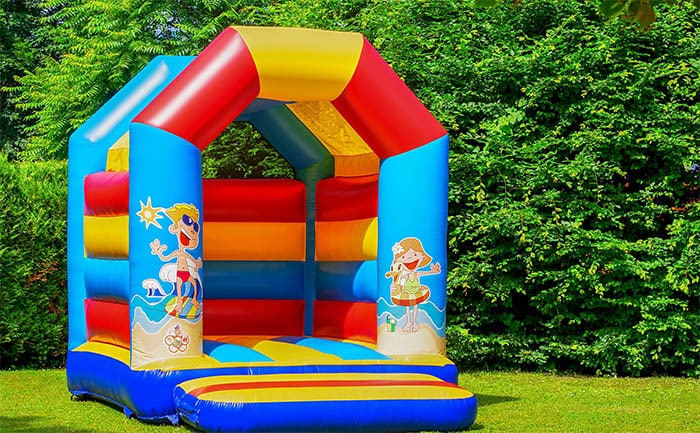
Event Load in Tips & Tricks
Bringing a client’s vision to life for an event is one of the most rewarding things about the events industry. Seeing the final product come together is an amazing feeling, but getting there can involve some trial and error. Here are our top tips on how to coordinate all of the moving parts of an event before load-in.
Effective Event Communications
Setting up for an event on-site requires a lot of communication, specifically with your vendors who are also working on the event, such as the venue, AV team, decorators. You need to figure out everyone’s electrical needs, as certain items can take up a considerable amount of electricity. Consider spacing as well, as certain aspects of the event may require more floor space than others.
Keeping an open line of communication with all of your vendors will allow you to coordinate their various set-up requirements for the event. This way, you aren’t stepping on anyone’s toes, and there’s no tension or delays on the day-of. Plus, you’ll be able to find and fix any logistical issues ahead of time.
Prepare a Sensible Load-in
For large and small event builds, you want to think realistically about the order of all of your items being brought in and what makes the most sense when planning the load-in order. For example, let’s say you’re bringing in vehicles into a marquee for an exhibition, sensibly you would load in the marquee first, flooring second, and cars third. This way, the cars aren’t waiting for the marquee to be built instead of being dropped into place. When preparing your load-in running order, think about all of the small items that need to be installed before the final touches and ensure you leave them enough time to install before the next item.
Knowing the Regulations
Each venue and event is different in terms of regulations and logistic constraints, so you want to make sure that you follow the ground rules to the letter. Things to consider such as the doorframe measurements to ensure that all of the larger items can be brought in, or staffing or union rules within a venue which may dictate your set-up times if there are required breaks or even your budget if there is a minimum call-out fee. You’ll also have to consider if the venue requires sign off from health & safety officers, or if you need certified vendors for loading in items (ex. Electrical wiring). You may also have a limited time on site due to the site restrictions.
Knowing all of the regulations of both the venue and/or site, as well as the required staffing will allow you to plan for the amount of time required for your load-in.
Give Yourself Some Cushion
We as event planners are always contingency planning for the best and worst case scenarios, but even the best planners can’t plan for everything. This is why it is critical to include some cushion in your timeline in case something gets delayed, or damaged, or is running longer than anticipated. This will alleviate the pressure during your load-in if or when something doesn’t go exactly to plan.






